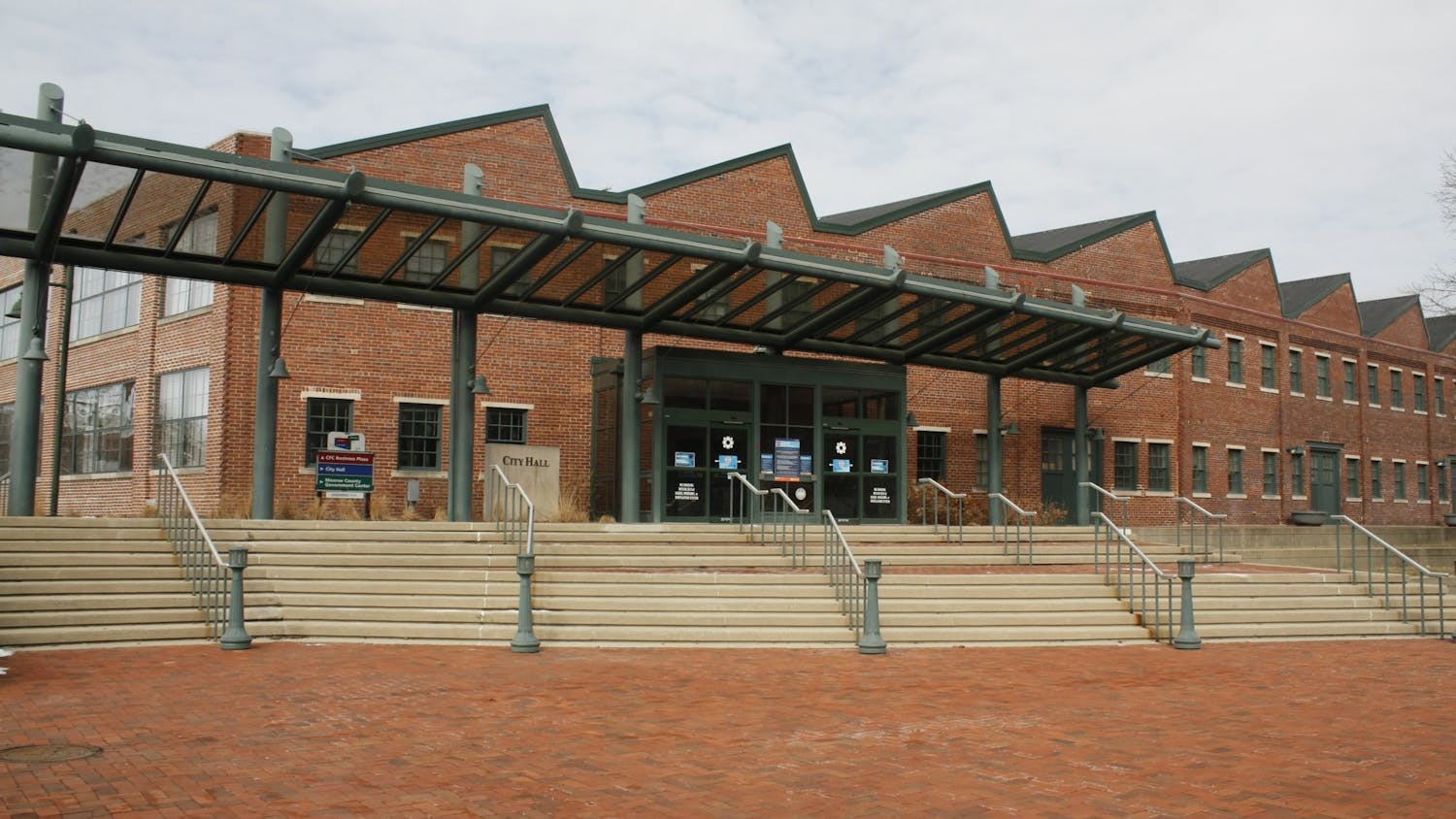Two projects led by the IU Digital Library Program will provide Indiana residents with a better understanding of their history through an upcoming project.\nThe program will digitalize Indiana Magazine of History and a set of letters that dates back to the early 1800s, said Stacy Kowalczyk, associate director for IU Digital Library Program Projects and Services. The magazine project will place all issues from the 105-year-old magazine online, while the letter project will make scientific papers currently housed in New Harmony, Ind., available to those who can't make the trip to see the original documents.\n"The benefits (of the project) are two-fold," said Patricia Steele, Ruth Lilly interim dean of University libraries, in a press release. "Citizens across the state will have the opportunity to gain a better understanding of their own history, and we at the IU libraries will advance our goal of providing free and open access to the information researchers need."\nThe Indiana Magazine of History is one of the country's oldest historical journals. It has been published continuously since 1905, Kowalczyk said, and is edited by associate professor of history Eric Sandweiss.\nEvery published issue of the magazine will be digitalized, and the text and images will appear as they would in print. Though the Indiana Magazine of History is available elsewhere, digitalizing all of its issues will make searching the journal much easier, Kowalczyk said.\nThe letters are located at the Working Men's Institute in New Harmony, Ind., the oldest continuously operating public library in Indiana, said Kowalczyk. Because so many scientists lived in New Harmony during the early 1800s, the Working Men's Institute houses a large scientific collection.\nIncluded in New Harmony's scientific collection is what Kowalczyk said is a "wonderful collection of historical papers," including the letters. The scientific correspondence that will be made available will illuminate the scientific process of the time, Kowalczyk said.\nAs more primary source material is made available in a digital format, people will have access to a greater volume of materials.\n"It will be wonderful to be able to get to the original primary source material," Kowalczyk said.\nDigitalizing library materials extends their use and expands their audience, Steele said. Converting information into a digital format also preserves the materials to ensure their continued availability.\n"Libraries have been trusted to build collections for researchers and students that will last through time," Steele said.\nThe two projects are funded through grants from the Indiana State Library. The IU Digital Library Program operates as collaboration between the IU Libraries and the Office of the Vice President for Research and Information Technology.
IU will help preserve historic state texts
2 publications made digitally available online
Get stories like this in your inbox
Subscribe





